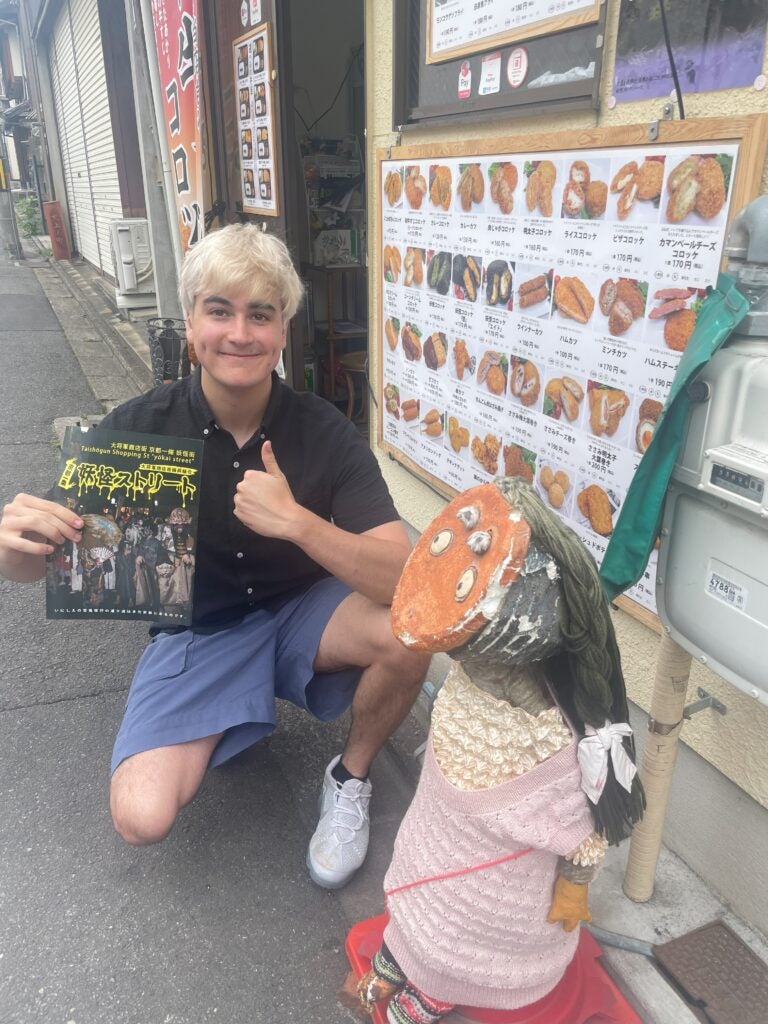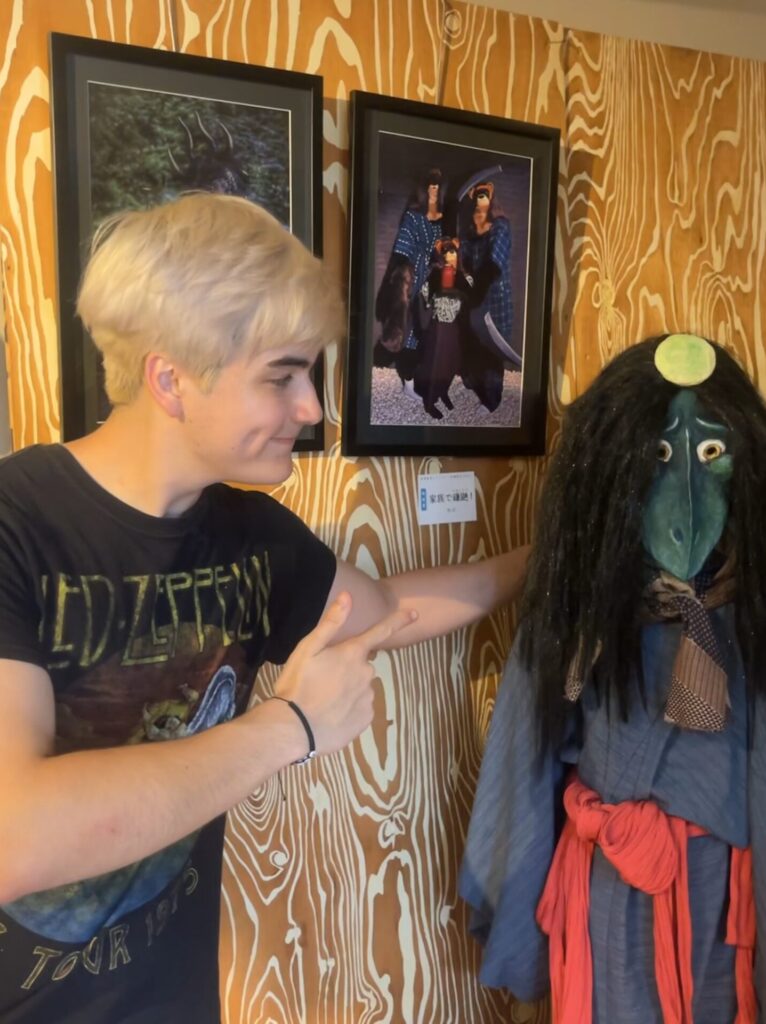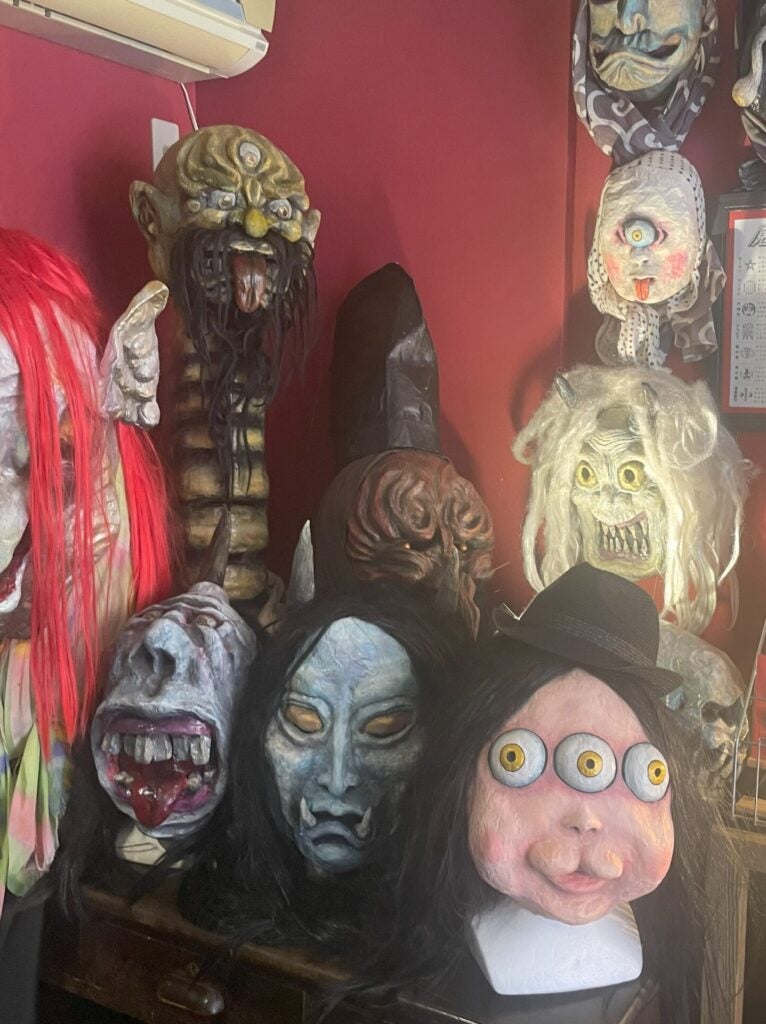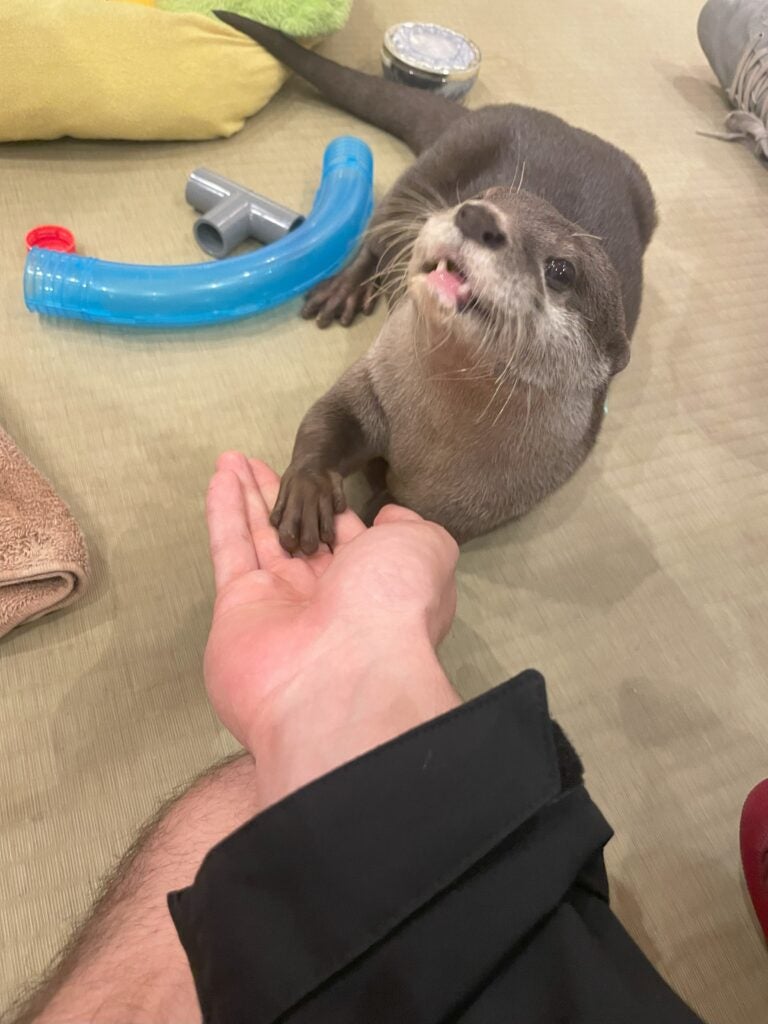Christian Nieto
How did you become interested in the Global East Asia Kyoto Maymester?
During my time at USC, I became interested in Japanese literature. I enrolled in as many elective courses as possible within the EASC Department. My primary interest within this discipline was folk tales and ghost stories. Thus, when I discovered the Kyoto Maymester, it struck me as the perfect opportunity to conduct my own research in the field. Kyoto is deeply connected to traditional folklore, with countless sites to visit. But the most exciting prospect about researching in the city was that the study of folklore is still vibrant and alive in contemporary culture. In modern Kyoto, you can stumble upon restaurants themed after folkloric monsters, discover their plush toys in gift shops, and experience rides modeled after them in various theme parks. Such a sense of exploration and discovery in academic studies is something that is unique to research trips like these.
Moreover, Kyoto has always been a city I wanted to visit, separate from my research. It’s the home of many of my favorite authors, the site of my favorite films, and — I believe — showcases the finest aspects of Japanese culture.
What was your research focus and in what ways did the Global East Asia Kyoto program impact or help your research?
My research focused on the presence of folk tales in consumer culture. During the Maymester, I wrote a profile on “Yōkai Street,” a folklore-themed shopping district that I encountered while exploring the city that characterized this theme. The shopping center was decorated as if it were invaded by the monsters of Japanese folk tales (yōkai). For instance, homemade monsters sat outside each shop, like mascots; it included an interactive museum, a haunted house, and even monster-themed cuisines. The opportunity to research Yōkai Street was unique because there was no pre-existing academic writing about it, giving me more freedom than a typical undergraduate essay. The project involved conducting interviews with its creators, patrons, academics, and writers to capture and convey its significance to the study of folklore.
The program was hugely supportive of this endeavor. The trip was supervised by Professor Jason Webb, who oversaw each of our projects. His support was tremendously helpful. Even though the course was not explicitly about folktales or monsters, Professor Webb was always eager to help me work through my ideas. He invariably suggested relevant books, resources, and practical advice throughout the course.
Can you share any anecdotes about your experience?
I loved the opportunity to connect with Kyoto residents. For instance, during the trip, I met one of the creators of Yōkai Street, Junya Kono. We kept in contact and reconnected months later in New Mexico, where he was involved in creating a Japanese-themed Haunted Train ride.
But all of the memories created with fellow classmates were priceless in their own way. The Maymester was the type of experience where it is nearly impossible not to become friends with your classmates; it made everything, from exploring the city to trying the cuisine and even down to the day-to-day routines and minutia, feel like an adventure.
Is there any research or project you are currently working on that you would also like to share?
I’m currently writing an honors thesis on the novel Doctor Faustus by Thomas Mann. I’m focusing on the way it adapts the German Faust myth. I’m very excited because it’s a semester-long project that allows me to work intimately with two professors in the English department who are guiding my research. It also allows me to further my study of myths and Folktales.
 |
 |
 |
 |
 |